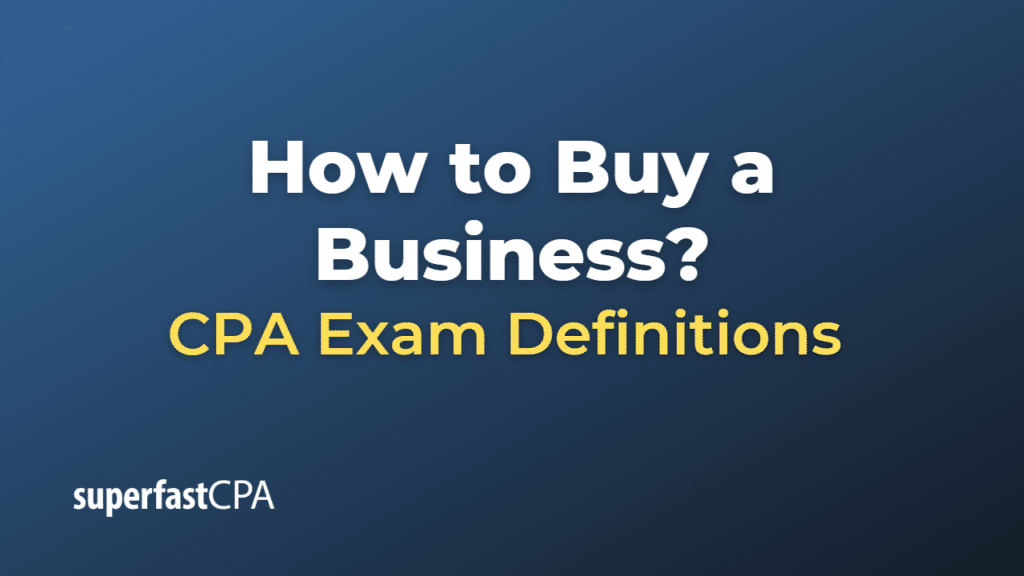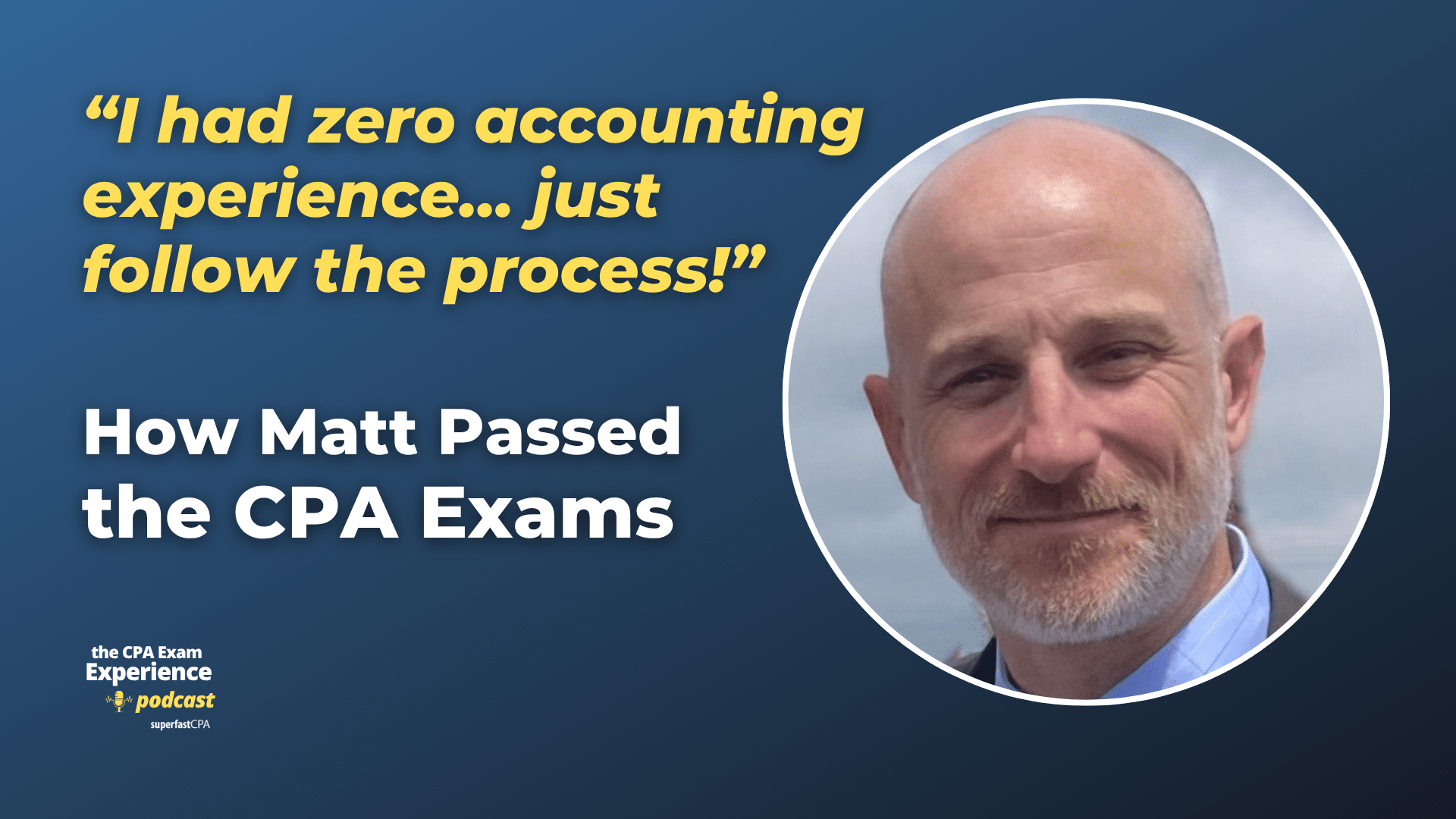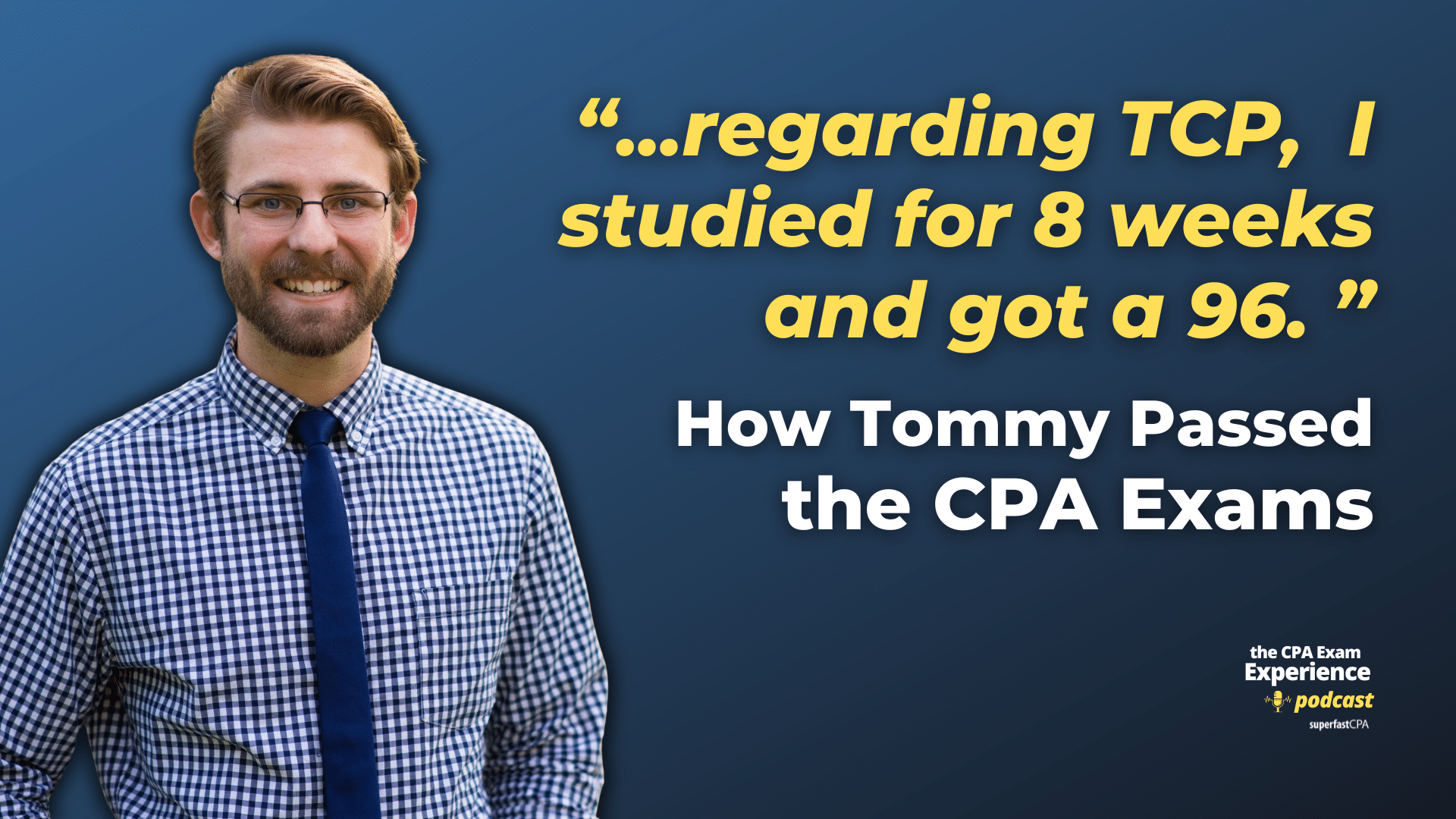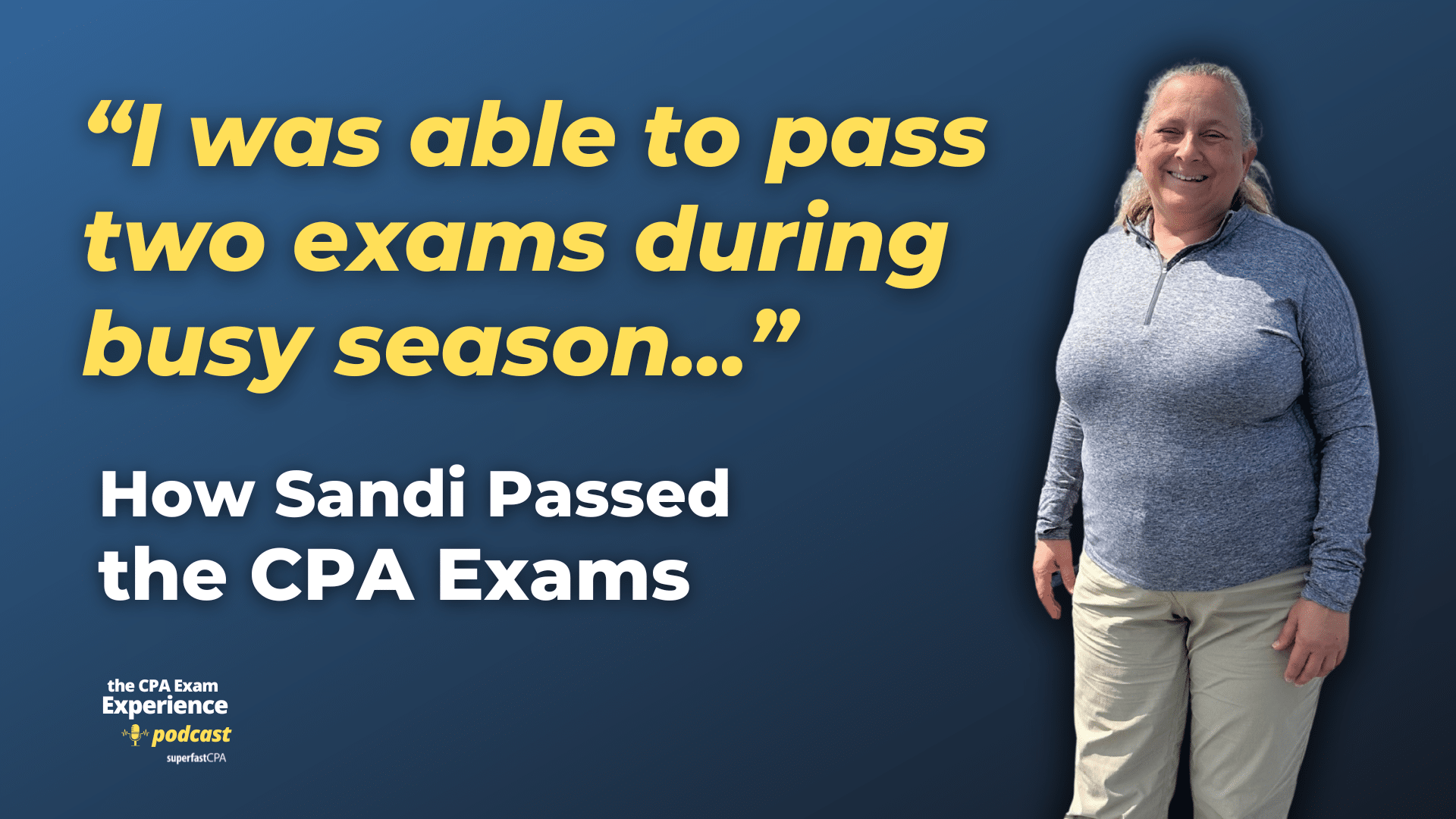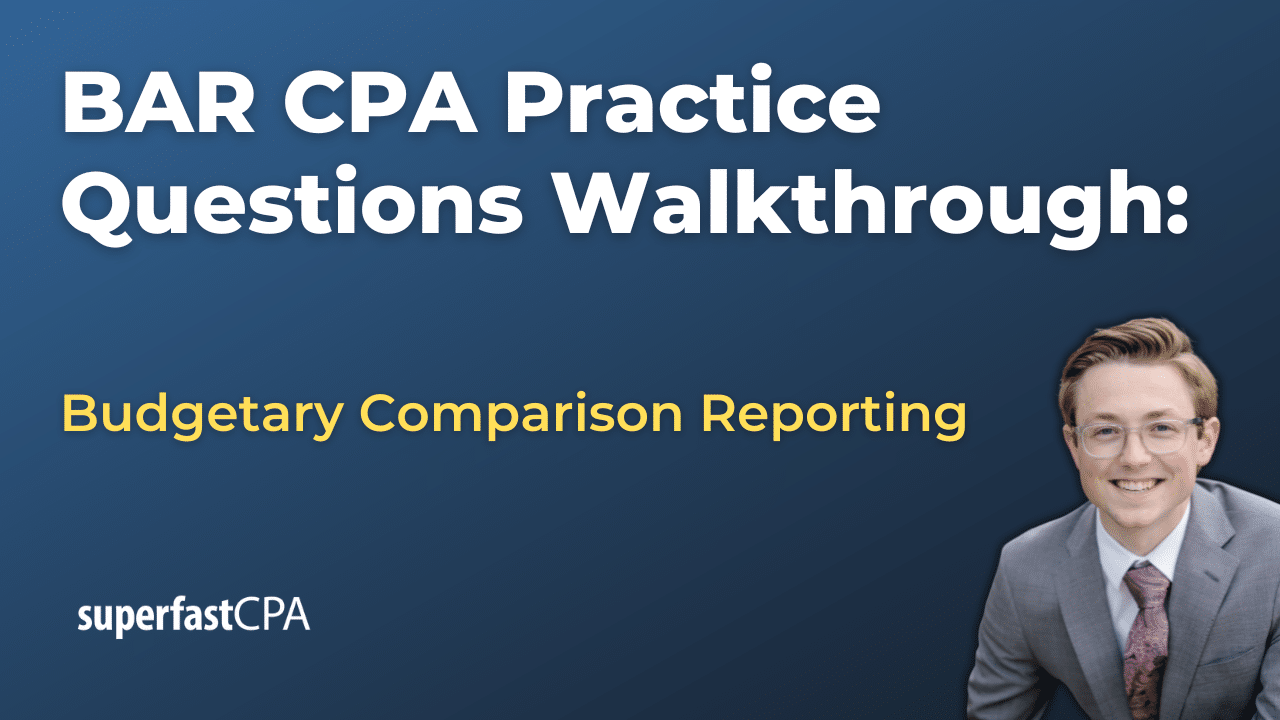How to Buy a Business
Buying a business can be a complex process, involving careful research, planning, and legal negotiations. Here are some general steps to guide you through the process:
- Identify Your Interests: Think about what kind of business you’d like to own. Consider factors like the industry, size, location, and the required level of involvement.
- Conduct a Search: Once you’ve identified the type of business you’re interested in, start your search. You can use online business marketplaces, hire a business broker, network, or approach businesses directly.
- Initial Evaluation: When you find a potential business, evaluate it based on its reputation, location, market, and potential for growth. Request for preliminary documents like financial statements, leases, and operation manuals.
- Valuation: Determine the value of the business. You may need to hire an appraiser or financial analyst. Consider the business’s assets, current profitability, potential future earnings, and market conditions.
- Preliminary Proposal: If you decide to proceed, your attorney or broker will draft a non-binding letter of intent that outlines the terms and conditions of the purchase, including the price, payment method, and transition plan.
- Due Diligence: Conduct thorough due diligence. Review the business’s financial records, contracts, customer lists, employment agreements, and other documents. You may want to hire an accountant or attorney to assist with this process.
- Finalize the Purchase Agreement: After due diligence, if you still wish to proceed with the purchase, your attorney will draft the purchase agreement. This legally binding contract outlines every detail of the purchase, including the price, terms and conditions, warranties, and when the closing will take place.
- Secure Financing: If you can’t pay for the business outright, you’ll need to secure financing. This could be through a traditional bank loan, seller financing, or Small Business Administration (SBA) loan.
- Closing the Deal: At the closing, all necessary documents are signed, and ownership is transferred to you. The purchase funds are transferred to the seller, and you officially become the business owner.
- Transition: After the sale, the previous owner will often stay on to train you and transfer knowledge about the business. This transition period can be extremely valuable to ensure a smooth handover.
Remember, every transaction is unique and may require additional or different steps. It’s recommended that you engage experienced advisors, including a business broker, an attorney, and an accountant, to help you navigate through the process.
Example of How to Buy a Business
Meet Lisa. Lisa is an experienced chef who has always dreamed of owning her own restaurant. She has worked in various positions in the restaurant industry and saved a significant amount of money for her goal. Here’s how she might proceed:
- Identify Your Interests: Lisa knows she wants to buy a small-to-medium sized restaurant that specializes in Italian cuisine in her city.
- Conduct a Search: Lisa begins her search online and also works with a business broker who specializes in the restaurant industry.
- Initial Evaluation: Lisa finds a family-run Italian restaurant for sale in a prime location. She likes its reputation, current customer base, and sees potential for growth.
- Valuation: Lisa hires a business appraiser who helps her understand the worth of the restaurant. They take into account the restaurant’s assets, its current profits, potential future earnings, and compare it to similar businesses.
- Preliminary Proposal: Lisa, with the help of her lawyer, puts forward a non-binding letter of intent to the restaurant owners with an offer price and proposed terms and conditions.
- Due Diligence: Lisa, along with her accountant, goes through the restaurant’s financial records, vendor contracts, leases, staff contracts, and health inspection records, amongst other things. Everything checks out and she decides to proceed.
- Finalize the Purchase Agreement: Lisa’s attorney drafts a purchase agreement that outlines all the details, terms and conditions of the purchase. The agreement includes clauses for a transition period with the current owners.
- Secure Financing: While Lisa has substantial savings, she needs to secure a small business loan to cover the entire cost of the business purchase. With her solid business plan and the restaurant’s good financial history, she successfully secures the loan.
- Closing the Deal: Lisa signs all the necessary paperwork, pays the agreed-upon purchase price, and officially becomes the owner of the restaurant.
- Transition: The previous owners stick around for a month to help Lisa with the transition. They introduce Lisa to their loyal customers, share their supplier contacts, and train her on their operating procedures.
After a few weeks, Lisa is fully comfortable with running the restaurant. She’s fulfilled her dream and is now the proud owner of an Italian restaurant, serving the dishes she loves to a community she cares about. She plans to maintain the restaurant’s charm while introducing her own signature dishes to the menu.

